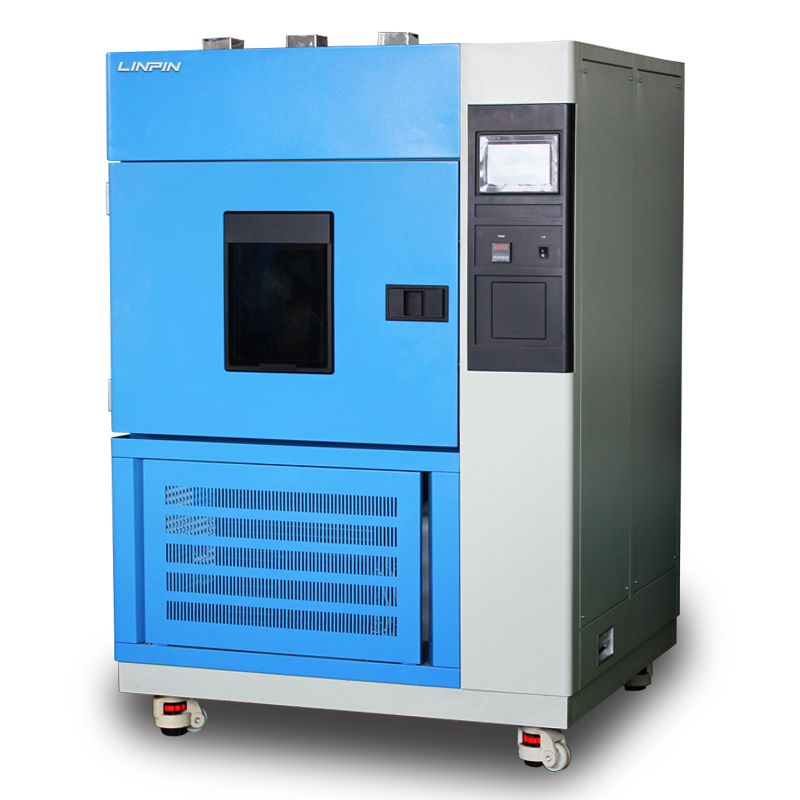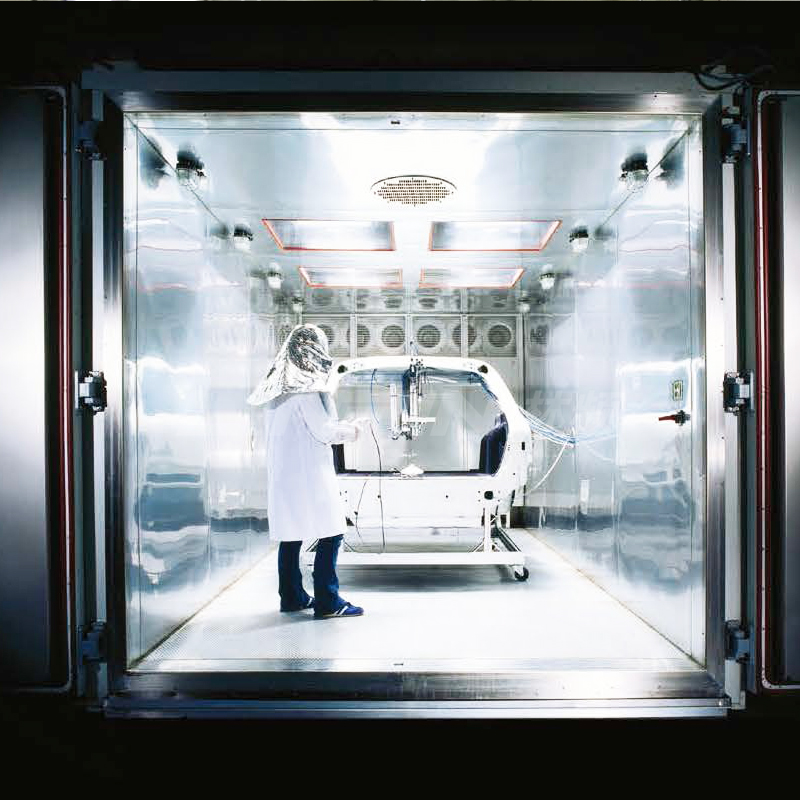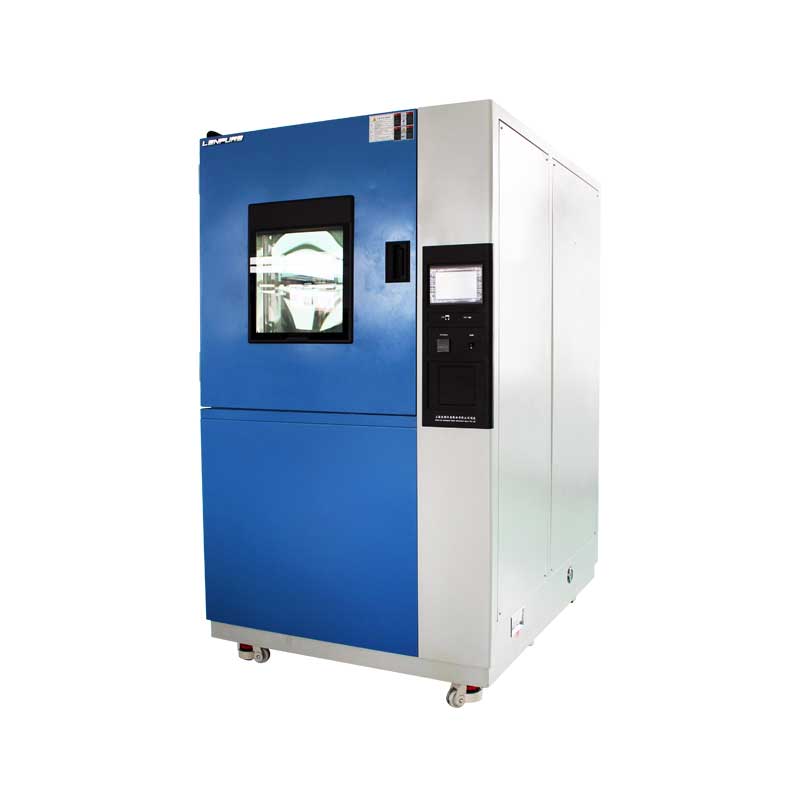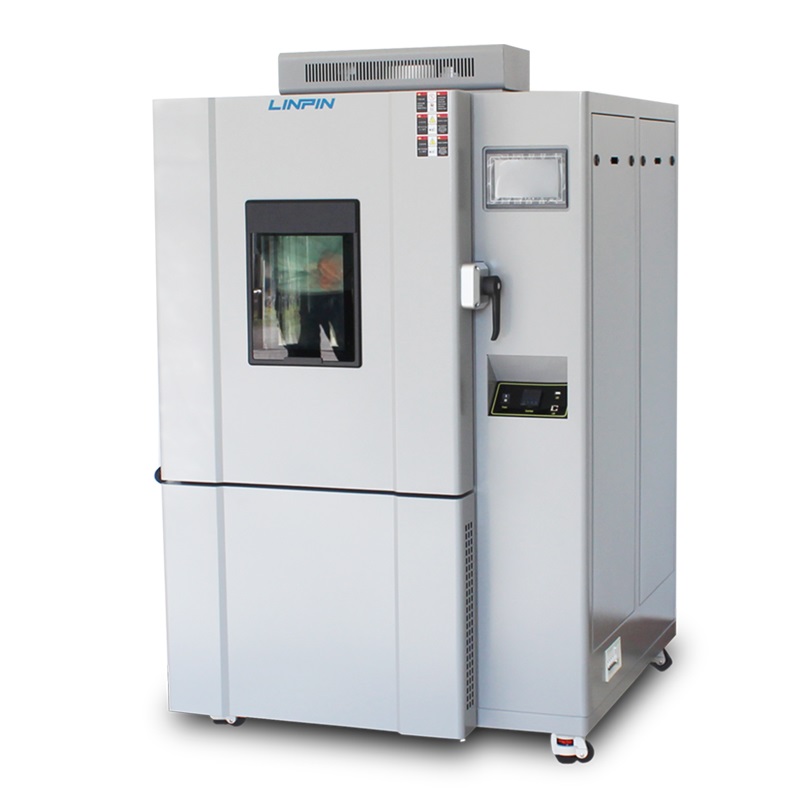How to effectively adjust the water level and light source of a xenon lamp weathering test chamber?
Author:LINPIN Update Time:2025-06-20 Source:LINPINThe xenon lamp weathering test chamber mainly consists of the main body, heating, humidification, refrigeration and dehumidification components, sample rack rotation system, water supply system, display and control unit, air conditioning system, safety protection measures, and other accessories. So, how should the water level and light source be adjusted?
The water level in the water accumulation tank of the xenon lamp weathering test chamber should not be too high to avoid overflow, nor too low to prevent abnormal water absorption by the wet bulb test cloth, which would affect the accuracy of the wet bulb measurement. The water level should be maintained at approximately two-thirds full. The adjustment of the water level in the accumulation tank can be done by raising or lowering the water accumulation box.
For the xenon lamp weathering test chamber:
If the surface of the test cloth becomes dirty or hardened, it must be replaced. The test cloth should be replaced approximately every three months. When replacing, clean the temperature measurement body with a cleaning cloth. Before installing a new test cloth, ensure your hands are clean.

The xenon lamp weathering test chamber features a clutch-driven connection between the rotating rack and the motor, allowing smooth rotation of the rack. Samples can be easily clamped without the need for a jog function. The device is equipped with a built-in water storage tank connected to a faucet, which automatically controls water intake and includes a filtration system to prevent issues such as pump burnout due to water shortage or clogging of the atomizer. It also has an independent timer function for the sample rack, enabling samples to be placed at different times, significantly reducing testing costs.
In arc discharge, the energy loss of electrons due to elastic collisions with gas atoms is inversely proportional to the atomic weight of the gas. Therefore, compared to other inert gases, xenon arc discharge results in lower energy loss and higher luminous efficiency. Additionally, xenon has a low ionization potential, leading to a small voltage drop around the electrodes during discharge, which extends electrode life. Moreover, due to the unique atomic structure of xenon, the spectrum emitted by long-arc xenon lamps closely resembles sunlight, which is the most notable feature of xenon lamps.
The power of the test chamber is limited, typically ranging from 5 to 100 watts, whereas xenon lamps can operate at power levels from 10,000 watts to several hundred thousand watts.





